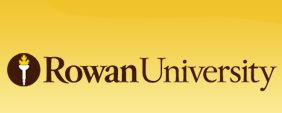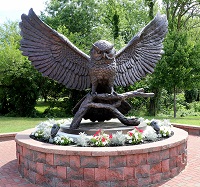Date Approved
12-2022
Document Type
Dissertation
Degree Name
PhD in Cell and Molecular Biology
Department
Molecular Biology
College
Graduate School of Biomedical Sciences, Virtua Health College of Medicine and Life Sciences of Rowan University
First Advisor
Michael Henry, PhD
Committee Member 1
Natalia Shcherbik, PhD
Committee Member 2
Eric Moss, PhD
Committee Member 3
Mikhail Anikin, PhD
Committee Member 4
Dmitry Temiakov, PhD
Subject(s)
Saccharomyces cerevisiae, Genes, Mitochondrial, Mitochondria, Gene Expression Regulation
Disciplines
Cell Biology | Fungi | Laboratory and Basic Science Research | Medicine and Health Sciences | Molecular Biology | Molecular Genetics
Abstract
Although the cytosolic and bacterial translation systems are well studied, much less is known about translation in mitochondria. In the yeast Saccharomyces cerevisiae, mitochondrial gene expression is predominately regulated by translational activators. These regulators are thought to promote translation by binding the elongated 5’-UTRs on their target mRNAs. Since mammalian mitochondrial mRNAs generally lack 5’-UTRs, they must regulate translation by other mechanisms. As expected, most yeast translational activators lack orthologues in mammals. Recently, a mitochondrial gene-specific translational activator, TACO1, was reported in mice and humans. To better define its role in mitochondrial translation I examined the yeast TACO1 orthologue, DPC29. Unexpectedly, I found this protein to act as a general mitochondrial translation factor, rather than a gene-specific translational activator. I also report that human TACO1 and its yeast orthologue are functionally conserved. This demonstrates that information gained from yeast TACO1 should be applicable to humans.
Recommended Citation
Hubble, Kyle Andrew, "DPC29 Promotes Mitochondrial Translation Post-Initation in Saccharomyces cerevisiae" (2022). Graduate School of Biomedical Sciences Theses and Dissertations. 25.
https://rdw.rowan.edu/gsbs_etd/25
Included in
Cell Biology Commons, Fungi Commons, Laboratory and Basic Science Research Commons, Molecular Biology Commons, Molecular Genetics Commons


